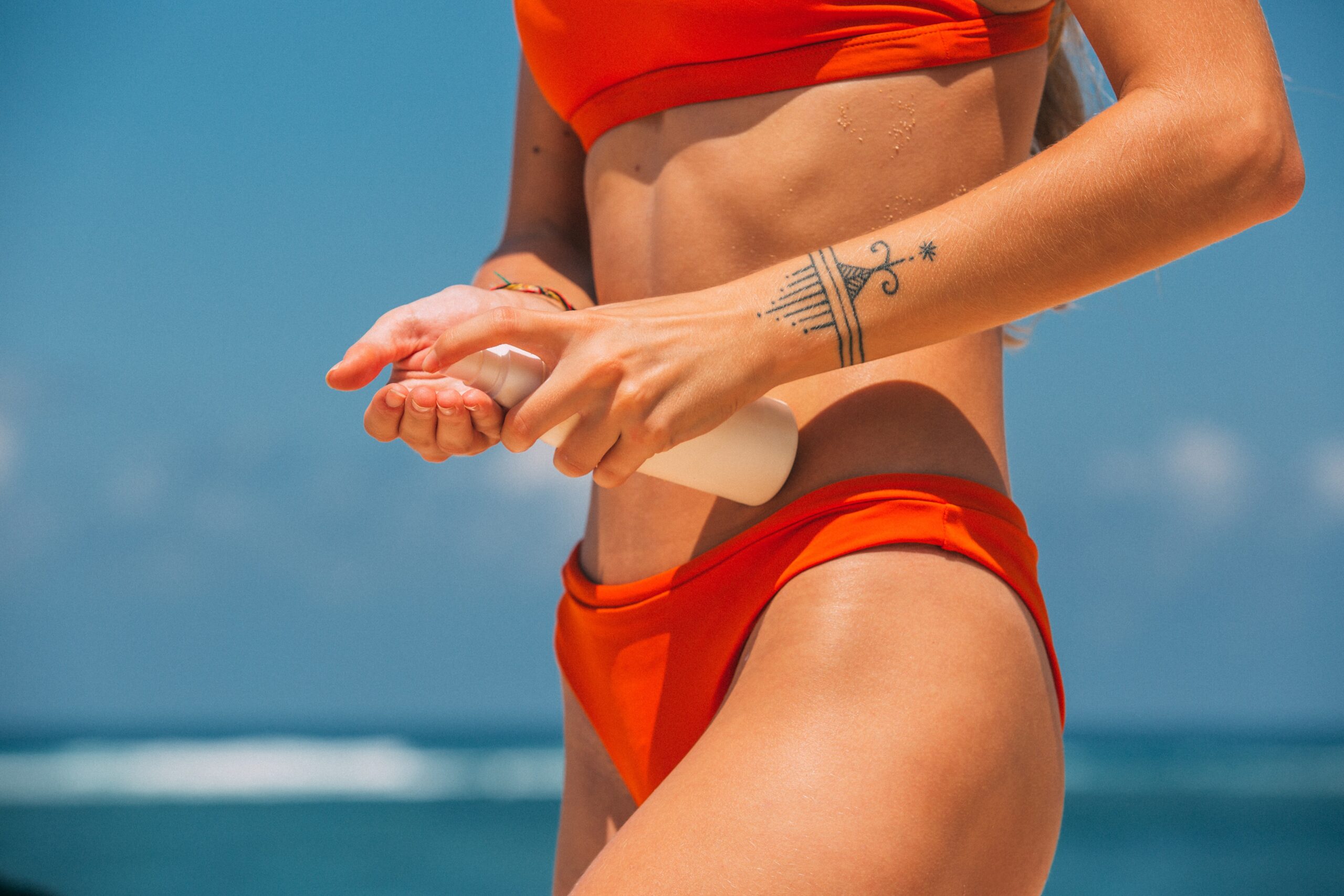Hello Sunshine Enthusiasts!
As summer rolls in, many of us are eager to soak up the sun and enjoy the great outdoors. However, there’s an ongoing debate about the safety and necessity of sunscreen. While protecting our skin from harmful UV rays is crucial, it’s important to understand the potential risks associated with some sunscreens and how to make informed choices for our health and the environment.
The Controversy Around Sunscreen
Recent studies have raised concerns about the potential health risks of certain chemicals found in many commercial sunscreens. Here’s why we should be cautious:
- Hormone Disruption: Ingredients such as oxybenzone and octinoxate have been shown to penetrate the skin and act as endocrine disruptors, potentially interfering with hormone function.
- Allergic Reactions: Some people experience skin irritation or allergic reactions to chemical sunscreen ingredients, leading to redness, itching, and discomfort.
- Environmental Impact: Chemicals in sunscreens, particularly oxybenzone and octinoxate, are known to contribute to coral reef bleaching, harming marine ecosystems.
Tips for Healthy Sun Exposure
While it’s essential to protect your skin from excessive sun exposure, here are some tips to do so healthily:
- Seek Shade: Especially during peak sun hours (10 AM to 4 PM), find shady spots to reduce direct sun exposure.
- Wear Protective Clothing: Long-sleeved shirts, wide-brimmed hats, and sunglasses can provide excellent protection against UV rays.
- Gradual Exposure: Allow your skin to adapt to the sun gradually, starting with short periods of exposure and gradually increasing the time spent outdoors.
- Hydrate and Nourish: Drinking plenty of water and consuming antioxidant-rich foods like berries and leafy greens can help your skin stay healthy and resilient.
Choosing Safe and Effective Sunscreens
For those times when sunscreen is necessary, selecting a product that is safe for both your health and the environment is key. The Environmental Working Group (EWG) provides a comprehensive guide to help you choose the best options. Here’s what to look for:
- Mineral-Based Formulas: Opt for sunscreens with zinc oxide or titanium dioxide, which provide broad-spectrum protection without the harmful chemicals found in many traditional sunscreens.
- Non-Nano Particles: Ensure the sunscreen uses non-nano particles to prevent the absorption of these ingredients into your skin.
- Fragrance-Free: Fragrances can cause skin irritation and allergic reactions, so choose fragrance-free options.
- Broad-Spectrum Protection: Make sure your sunscreen protects against both UVA and UVB rays.
- Water Resistance: If you’re swimming or sweating, a water-resistant formula will offer better protection.
Conclusion
While sun protection is essential, being mindful of the potential risks associated with certain sunscreens and choosing safer alternatives can make a significant difference to your health and the environment. By combining healthy sun exposure practices with the use of safer sunscreens, you can enjoy the sunshine while minimizing potential harm.
Here’s a few healthy alternatives that I like: click name to view product.
- Well People Bio Tint SPF 30 Tinted Moisturizer
- THINKBABY Clear Zinc Sunscreen
- ATTITUDE Mineral Sunscreen for Sensitive Skin
Not all products that promise protection are safe, and we are thankful for this generation because of the vast information and advanced technology that supports the research of the people from the skincare division keeping the consumers safe and healthy.
Finally, the Environmental Working Group has created a sunscreen database where you can look up how your current sunscreen scores as far as toxic chemicals goes. Or you can also go to that site to search for a better brand for yourself and your family.
Stay sun-safe and enjoy your summer to the fullest!
Cheers,

References:
- Giokas, D. L., Salvador, A., Chisvert, A. (2007). UV filters: From sunscreens to human body and the environment. TrAC Trends in Analytical Chemistry, 26(5), 360-374.
- Krause, M., Klit, A., Blomberg Jensen, M., Søeborg, T., Frederiksen, H., Schlumpf, M., … & Drzewiecki, K. T. (2012). Sunscreens: are they beneficial for health? An overview of endocrine disrupting properties of UV-filters. International Journal of Andrology, 35(3), 424-436.
- Wackett, L. P. (2014). Environmental fate of Triclosan in surface waters. ACS Omega, 4(7), 10679-10683.
- Downs, C. A., Kramarsky-Winter, E., Segal, R., Fauth, J. E., Knutson, S., Bronstein, O., … & Loya, Y. (2016). Toxicopathological effects of the sunscreen UV filter, oxybenzone (benzophenone-3), on coral planulae and cultured primary cells and its environmental contamination in Hawaii and the U.S. Virgin Islands. Archives of Environmental Contamination and Toxicology, 70, 265-288.
- Environmental Working Group. (2023). EWG’s Sunscreen Guide. Retrieved from https://www.ewg.org/sunscreen/
- Nash, J. F. (2006). Human safety and efficacy of ultraviolet filters and sunscreen products. Dermatologic Clinics, 24(1), 35-51.
- Bennat, C., & Müller-Goymann, C. C. (2000). Skin penetration and stabilization of formulations containing microfine titanium dioxide as physical UV filter. International Journal of Pharmaceutics, 196(2), 177-179.
- Basketter, D. A., Wright, Z. M., Warburton, S. J., White, I. R., & McFadden, J. P. (2001). Human potency predictions for aldehydes using the local lymph node assay. Contact Dermatitis, 45(2), 89-94.

